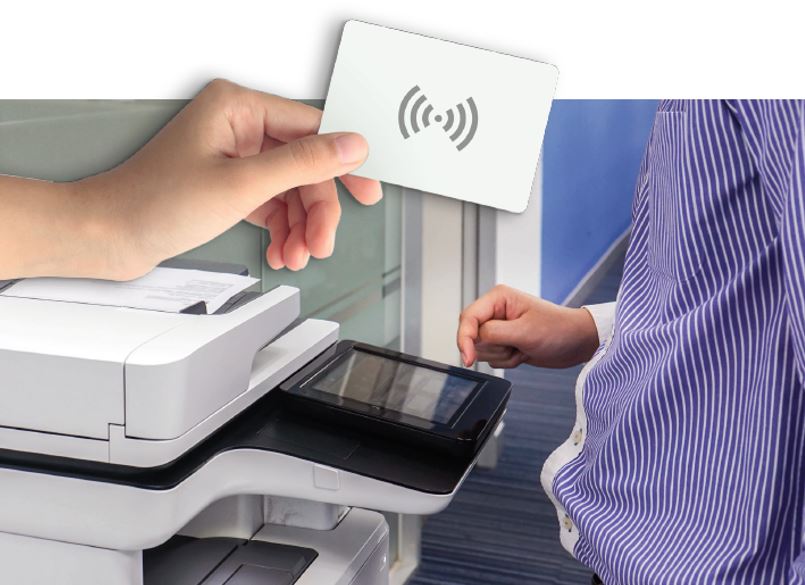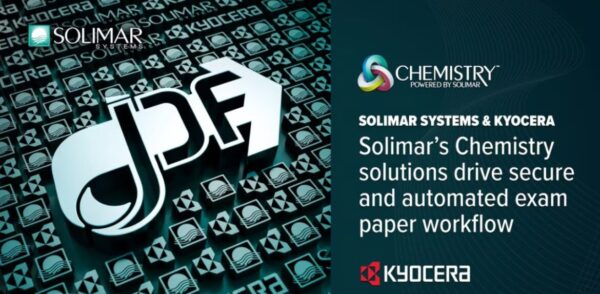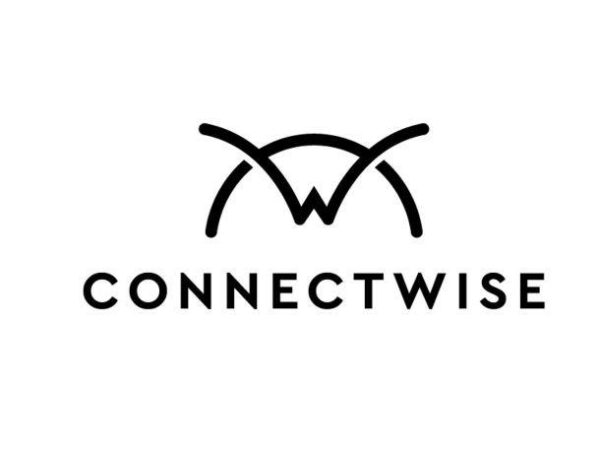Fewer printers serving more distributed users require authentication and cost allocation.
Editor’s note: This post by guest columnist John Villegas of ELATEC is an ideal complement to our October feature Trends Shaping Print Management.
The COVID-19 pandemic has challenged a lot of assumptions about office work—and the workplace may never be the same. Many businesses are rethinking the need to have everyone in the office daily and moving to more flexible working models. One thing that hasn’t changed? The need for secure pull printing at shared multi-function printers. In fact, print security may be more critical than ever in the flexible modern workspace.
Here’s why. Many businesses are evolving towards models that allow people with traditional “desk jobs” to work from home at least part of the time. That may mean working from home two set days a week or working from home most days and coming into the office on an as-needed basis. With fewer people in the office, some businesses are finding they can scale back on office space and equipment through “hot desking” and flexible communal spaces for drop-in employees. With more people working and printing from home, fewer shared MFPs are needed in the office.
Ultimately, that translates into a larger number of people sharing fewer and more widely dispersed printers. Employees may no longer have a permanent office space and instead drop in on different floors or even different locations depending on their work requirements. All of these trends make it more important than ever to protect printed information.
RFID remains the easiest and most secure way to implement secure pull printing. A flexible, future-proof RFID reader/writer will support print requirements for years to come. Here are five reasons to implement RFID now.
Pull Printing Data Protection
The biggest reason to implement RFID for pull printing is data security. Printed documents often contain sensitive information, including financials, HR data and client details—information that shouldn’t be shared with just anyone. With fewer print stations and a more mobile workforce, print security becomes even harder to manage. Pull printing protects information by holding the print job until it is released by the person who sent it. With RFID card and smartphone credentialing systems, all employees have to do is wave their ID card or smartphone over the reader to release the print job. The reader authenticates the user and connects back to the print management software system to match them with the print jobs they sent from their desk. This eliminates the risk that printed documents are left unattended on the printer where others may pick them up, whether by accident or intentionally.
The RFID signal can be encrypted for additional security, making an RFID solution much more secure than a password or PIN system. The transponder signal cannot be easily cloned or hacked, and employees are much less likely to share their corporate ID card or phone than a printer password or PIN. Employees are also more likely to notice a lost ID card or phone than a hacked password, so that IT can address security issues immediately.
Cost Allocation and Consumable Management
RFID makes cost allocation easy. The reader identifies each user and connects to the print management software system, so you know precisely who has printed each job. This makes it simple to allocate costs by individual or department, no matter where the print job is picked up. With more workers moving between different workspaces and offices, a centralized print management solution ensures that the costs are correctly allocated by person rather than printer location.
Contactless, Hygienic Print Release
After enduring a global pandemic, workers are more aware than ever of the importance of handwashing and hygiene in shared environments. RFID is a contactless technology, eliminating a touchpoint that could provide an opportunity for pathogen transmission.
In an RFID-based pull printing scenario, workers send the job from their personal workstation. To release the job, there is no need to enter a password or PIN on a shared interface screen. Instead, they simply wave a card or phone over the reader when they arrive at the printer. The reader identifies them and releases the job automatically, so they don’t need to touch any buttons or screens on the printer at all. The only thing they touch is the paper when they take their documents off the tray.
Easy Credential Management
Managing credentials for an RFID-based pull printing system is simple. Employees can use the same ID card or smartphone credential they use for building access to access their print jobs, simplifying credential management for IT. All credentials are managed centrally.
RFID is much easier to manage than a password or PIN system. Forgotten or compromised passwords and PINs are one of the most common support ticket calls. With RFID, there is nothing for employees to remember—they just wave the card or phone they are already carrying anyway. In the rare instances that a card or phone is lost or stolen, IT can simply turn the old credential off and issue a new card or smartphone credential.
User Satisfaction and Simplicity
End-users love RFID, too. Using an RFID card or smartphone to unlock print jobs is fast, simple and convenient. It takes just seconds to release a print job—much easier than entering a password or PIN. It also reduces the “password fatigue” problem common to office workers.
For today’s flexible and mobile workforce, RFID makes it easier to transition between workspaces or buildings. Employees can even send a print job from their laptop at home and pick it up at the office when they get around to it. End up at a different print location than you were expecting? No problem—since everything is connected via the print management software, the job can be picked up at any connected MFP. With RFID and smartphone credentialing, secure print management is easier than ever for both users and IT staff.
John Villegas is VP of sales and business development, print solutions for ELATEC Inc. Villegas and his team provide consultation and support to printer OEMs, integrators and dealers. ELATEC is a designer and manufacturer of user authentication and access control solutions for print management and numerous other applications worldwide. For more information, contact John Villegas at 772-210-2263 or j.villegas@elatec.com.
Access Related Content




